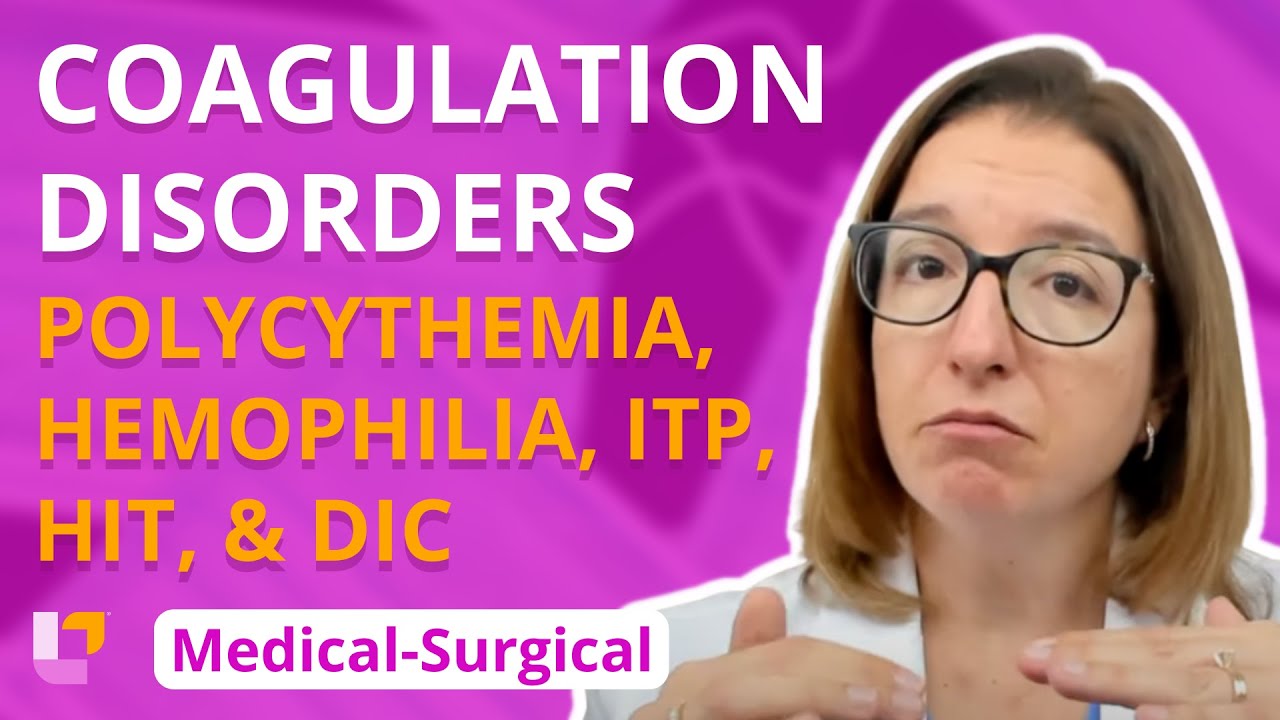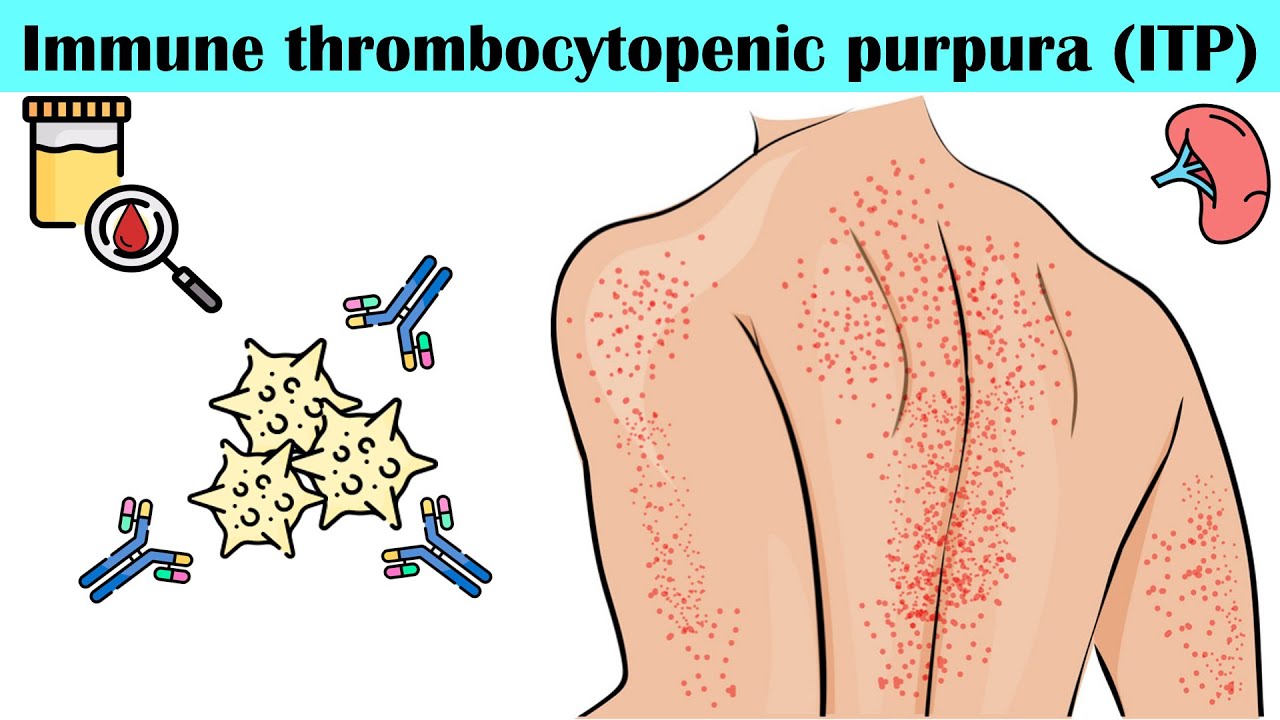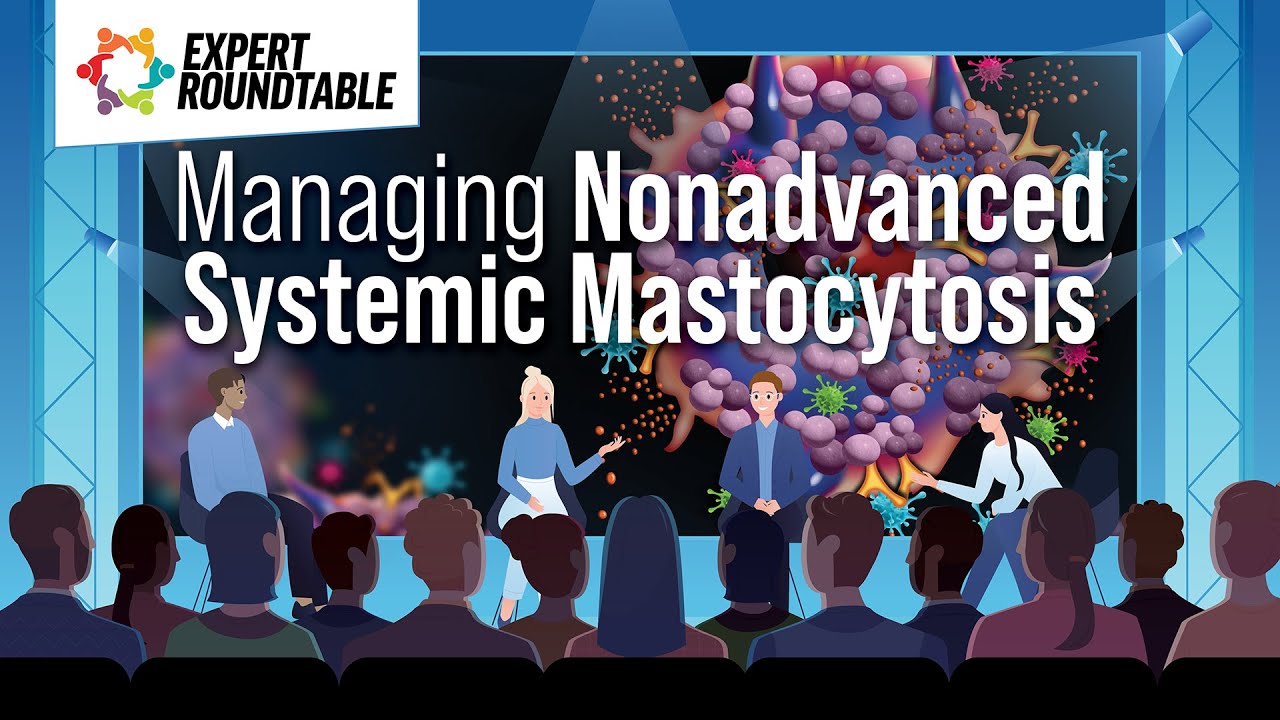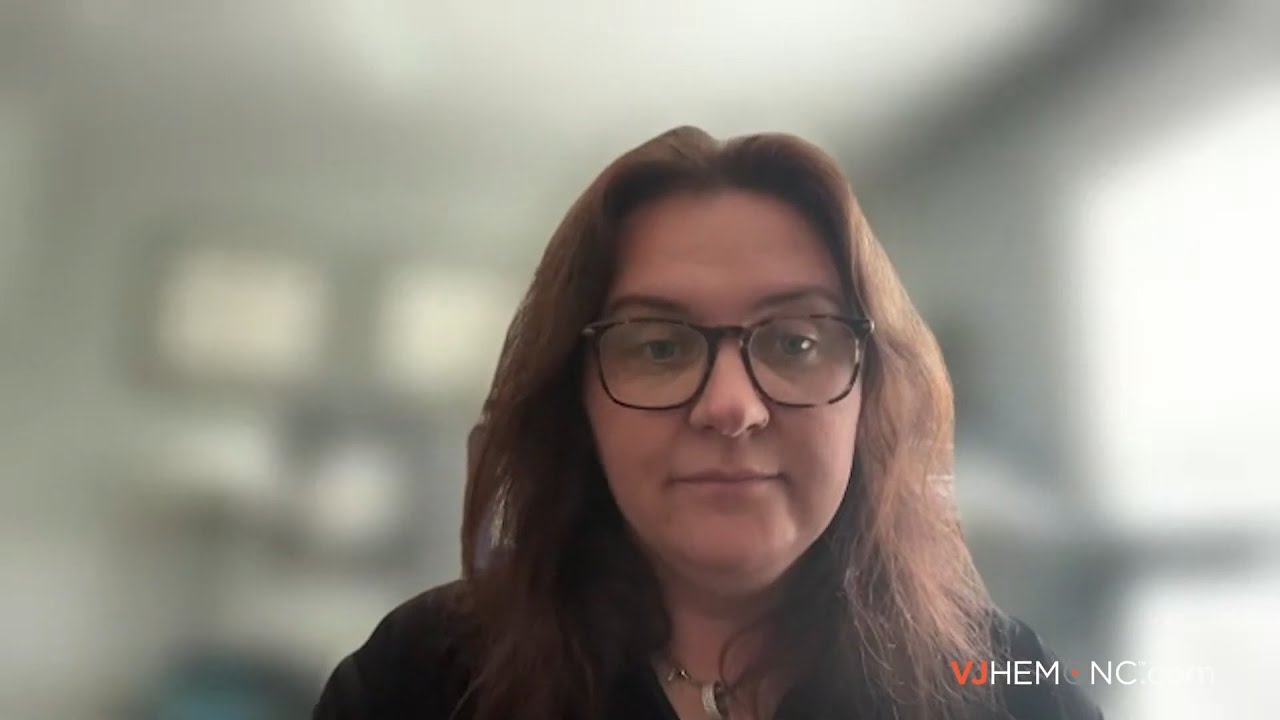New oral agents effective against relapsing multiple sclerosis
Reuters Health • The Doctor's Channel Daily Newscast
“The long-awaited arrival of oral formulations for the treatment of relapsing-remitting MS is welcome news for the estimated 2.5 million people worldwide who have this chronic disabling problem,” Dr. William M. Carroll, from Sir Charles Gairdner Hospital, Perth, Australia, comments in an editorial. He adds that the findings “provide a new horizon for patients with relapsing-remitting MS and a welcome increase in the range of treatment options.”
Cladribine is being developed by Merck and fingolimod by Novartis. Neither drug has yet been approved as anti-MS agents in the United States.
In the CLARITY trial, Dr. Gavin Giovannoni, from Queen Mary University London, and colleagues compared cladribine, at either 3.5 or 5.25 mg/kg, to placebo in 1326 patients. Overall, 1184 patients (89.3%) completed the 96-week study. Adverse events led to withdrawal in 3.5%, 7.9%, and 2.1% of patients in the low-dose, high-dose, and placebo groups, respectively.
The assigned agent was given in two or four short courses for 48 weeks and then in two short courses starting at week 48 and week 52. The main endpoint was the relapse rate at 96 weeks.
The annualized relapse rate in both cladribine groups was roughly 0.15, significantly lower than the 0.33 rate seen in the placebo group (p < 0.001). The relapse-free rate was about 79% in each cladribine group compared with 60.9% in the placebo group (p < 0.001).
Patients in the 3.5 and 5.25 mg/kg groups were 33% and 31% less likely to show disability progression over 3 months than were control subjects.
Lastly, patients given cladribine had fewer brain lesions on MRI than did those given placebo (p < 0.001).
In terms of side effects, lymphocytopenia was more common in the cladribine groups (21.6% with 3.5-mg/kg dose, 31.5% with 5.25 mg/kg-dose, and 1.8% for placebo) as was herpes zoster (8 patients, 12 patients, no patients, respectively).
In the second and third papers, Dr. Ludwig Kappos, from University Hospital, Basel, Switzerland, and colleagues report on studies of fingolimod versus placebo and fingolimod versus intramuscular interferon.
In the FREEDOMS study, 1272 patients were randomized to receive oral fingolimod (0.5 mg or 1.25 mg per day) or placebo for 24 months. A total of 1033 subjects (81.2%) completed the study. Thirty-five patients in the treatment groups and 18 in the placebo group discontinued the study due to adverse events.
The annualized relapse rate in both fingolimod groups was roughly 0.17, significantly lower than the 0.40 rate seen in the placebo group (p < 0.001). The relapse-free rates were 75% and 70% in the high- and low-dose fingolimod groups and 46% in the placebo group (p < 0.001 for each).
Patients in the lower and higher dose fingolimod groups were 30% and 32% less likely to show disability progression over 24 months than were control subjects.
Here again, patients in the treatment groups had fewer new or enlarged brain lesions on MRI than did those given placebo (p < 0.001).
Side effects seen with fingolimod included bradycardia and atrioventricular conduction block at the time of fingolimod initiation, macular edema, liver enzyme elevations, and mild hypertension, the report indicates.
In the 12-month TRANSFORMS study, Dr. Kappos and his colleagues randomized 1292 patients to receive fingolimod, at the doses used in FREEDOMS, or intramuscular interferon beta-1a at a weekly dose of 30 micrograms. A total of 1153 patients (89%) completed the study. Forty-eight patients in the fingolimod groups and 12 patients in the interferon group withdrew because of adverse events.
The annualized relapse rates with the lower and higher doses of fingolimod were 0.16 and 0.20, respectively, versus 0.33 with interferon. The MRI results were consistent with these findings. Fingolimod and interferon were similar in terms of the impact on progression of disability.
Two fatal infections — disseminated varicella zoster (in a patient exposed to a child with chicken pox during a course of steroids for a relapse) and herpes simplex encephalitis — occurred in the 1.25-mg fingolimod group. Other side effects seen with fingolimod were similar to those seen in FREEDOMS.
Reference:
N Engl J Med 2010.








